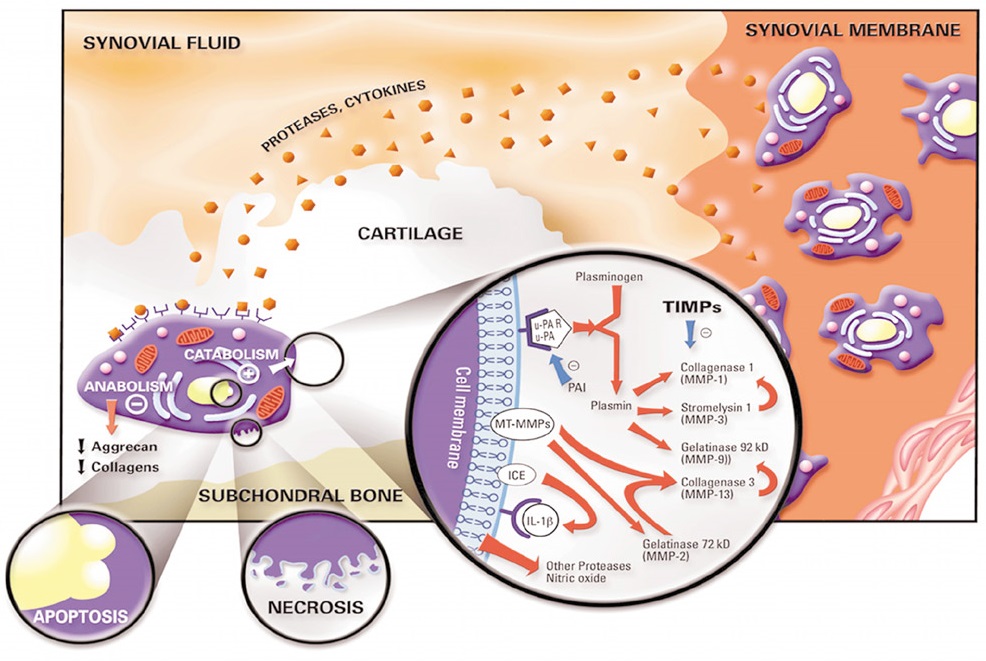
The MICALs are a Family of F-actin Dismantling Oxidoreductases Conserved from Drosophila to Humans. Heng Wu, Hunkar Gizem Yesilyurt, Jimok Yoon, Jonathan R.Current Opinion in Neurobiology 2018, 53, 174-182. Axon formation, extension, and navigation: only a neuroscience phenomenon?. Human MICAL1: Activation by the small GTPase Rab8 and small-angle X-ray scattering studies on the oligomerization state of MICAL1 and its complex with Rab8. Alessandro Esposito, Valeria Ventura, Maxim V.Actin Post-translational Modifications: The Cinderella of Cytoskeletal Control. Sylvia Varland, Joël Vandekerckhove, Adrian Drazic.Biochemical Society Transactions 2020, 48 Signal-regulated oxidation of proteins via MICAL. Clara Ortegón Salas, Katharina Schneider, Christopher Horst Lillig, Manuela Gellert.MICAL2 regulates myofibroblasts differentiation in epidural fibrosis via SRF/MRTF-A signaling pathway. Fan Jiang, Jiang Cao, Renyi Kong, Le Fang, Binyu Wang, Sheng Zhang, Lei Yang, Xiaojian Cao.Single-cell dual-omics reveals the transcriptomic and epigenomic diversity of cardiac non-myocytes. Li Wang, Yuchen Yang, Hong Ma, Yifang Xie, Jun Xu, David Near, Haofei Wang, Tiffany Garbutt, Yun Li, Jiandong Liu, Li Qian.Key Role of the Adenylate Moiety and Integrity of the Adenylate-Binding Site for the NAD+/H Binding to Mitochondrial Apoptosis-Inducing Factor. Luca Sorrentino, Alessandra Maria Calogero, Vittorio Pandini, Maria Antonietta Vanoni, Irina F.Fast Kinetics Reveals Rate-Limiting Oxidation and the Role of the Aromatic Cage in the Mechanism of the Nicotine-Degrading Enzyme NicA2. This article is cited by 18 publications. Thus, our data suggest that MICAL-2 could regulate catalysis through the monooxygenase domain alone control by interactions with other domains of MICAL in the full-length enzyme may not be needed. Our results show that this strategy is used by MICAL-2. This prevents the wasteful consumption of reduced pyridine nucleotide and the production of harmful H 2O 2. The separate monooxygenase domain of MICAL-2 has the classic regulatory behavior of flavin-dependent aromatic hydroxylases (Class A monooxygenases): slow reduction of the flavin when the substrate to be oxygenated is absent. In the absence of actin, NADPH reduces the flavin relatively slowly actin speeds that reaction significantly. The reductive half-reaction of the MICAL-2 hydroxylase domain is stimulated by f-actin. A comparison of the reduction kinetics using protio-NADPH and -NADPH showed that MICAL-2 is specific for the proR hydride of NADPH, as evidenced by a 4.8-fold kinetic isotope effect. The enzyme has a strong preference for NADPH over NADH caused by a large difference in binding NADPH. In order to determine how closely MICAL-2 conforms to the aromatic hydroxylase paradigm, we studied its reaction with NAD(P)H. The monooxygenase domains of MICALs resemble aromatic hydroxylases, but their substrate is the sulfur of a methionine of actin.


Little enzymology has been reported for MICALs, and none has been reported for MICAL-2, an enzyme vital for the proliferation of prostate cancer. MICALs are large, multidomain flavin-dependent monooxygenases that use redox chemistry to cause actin to depolymerize.


 0 kommentar(er)
0 kommentar(er)
